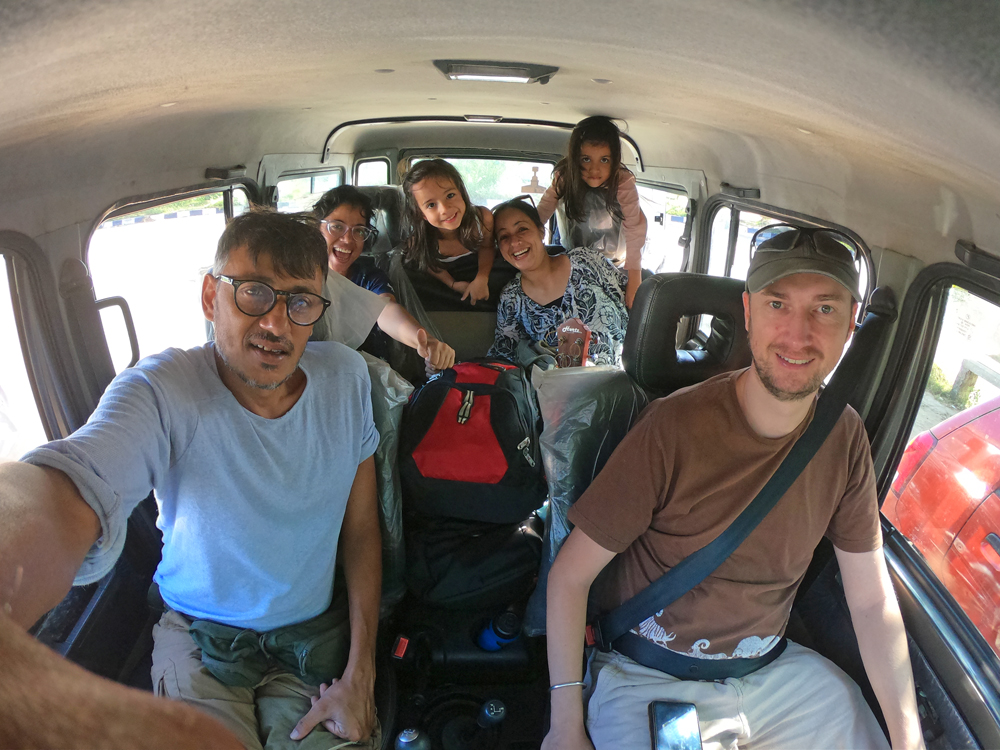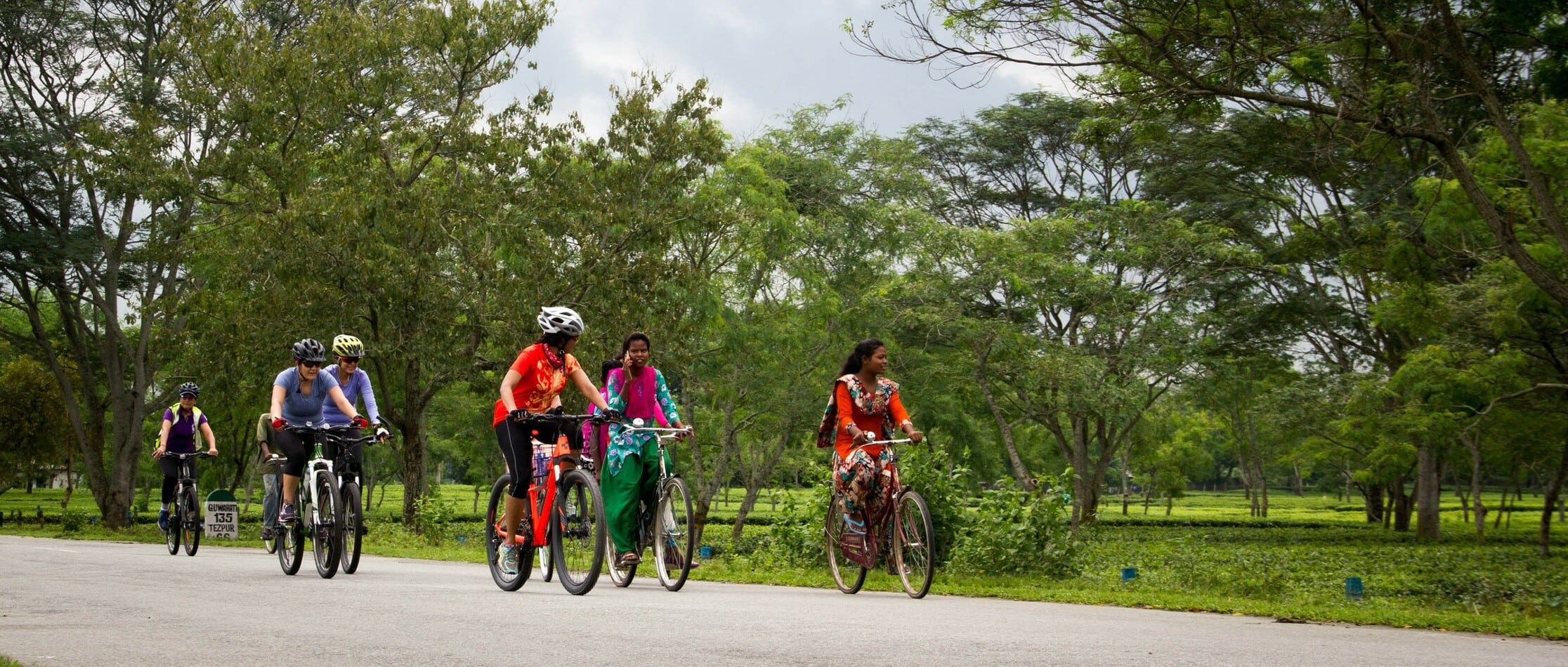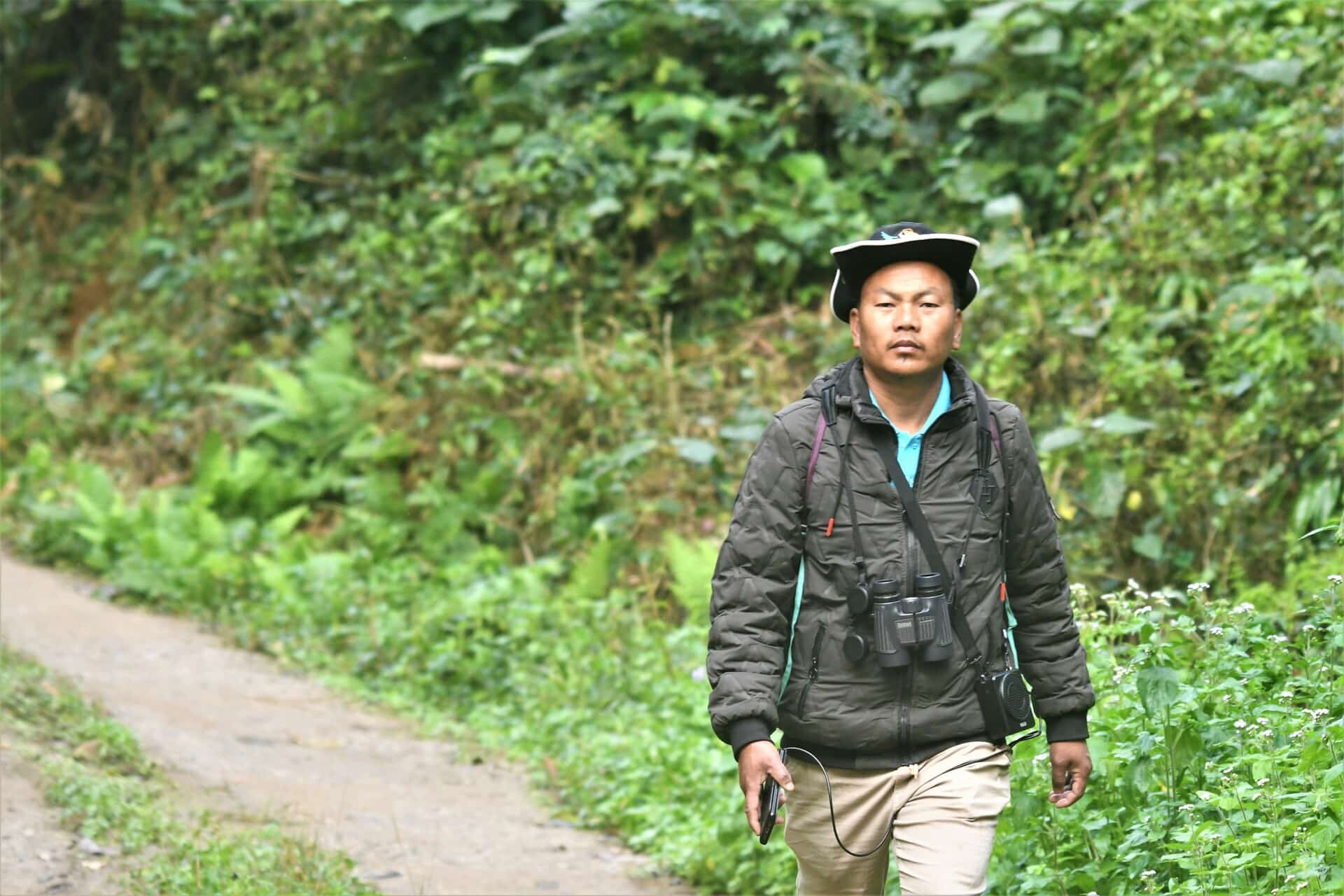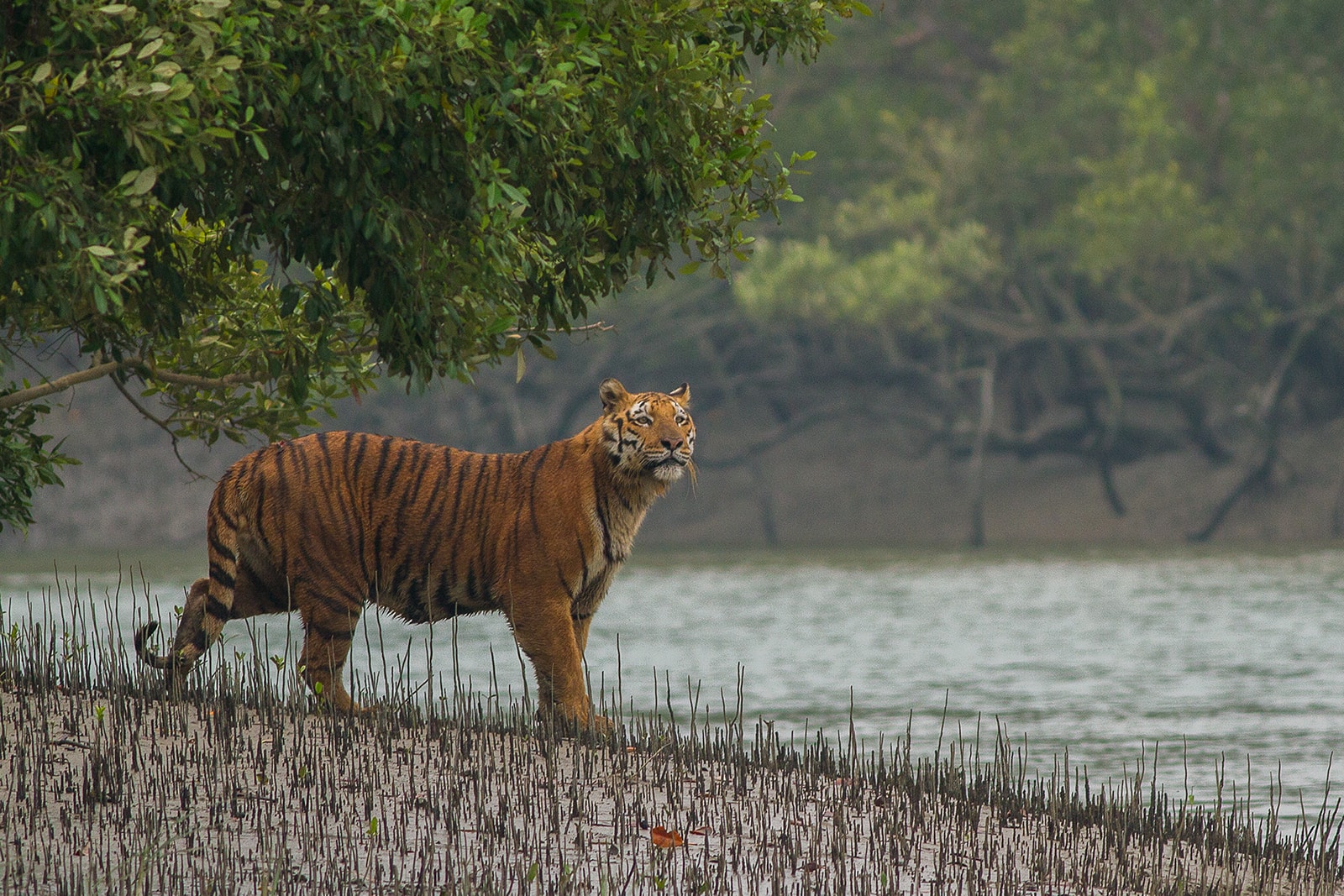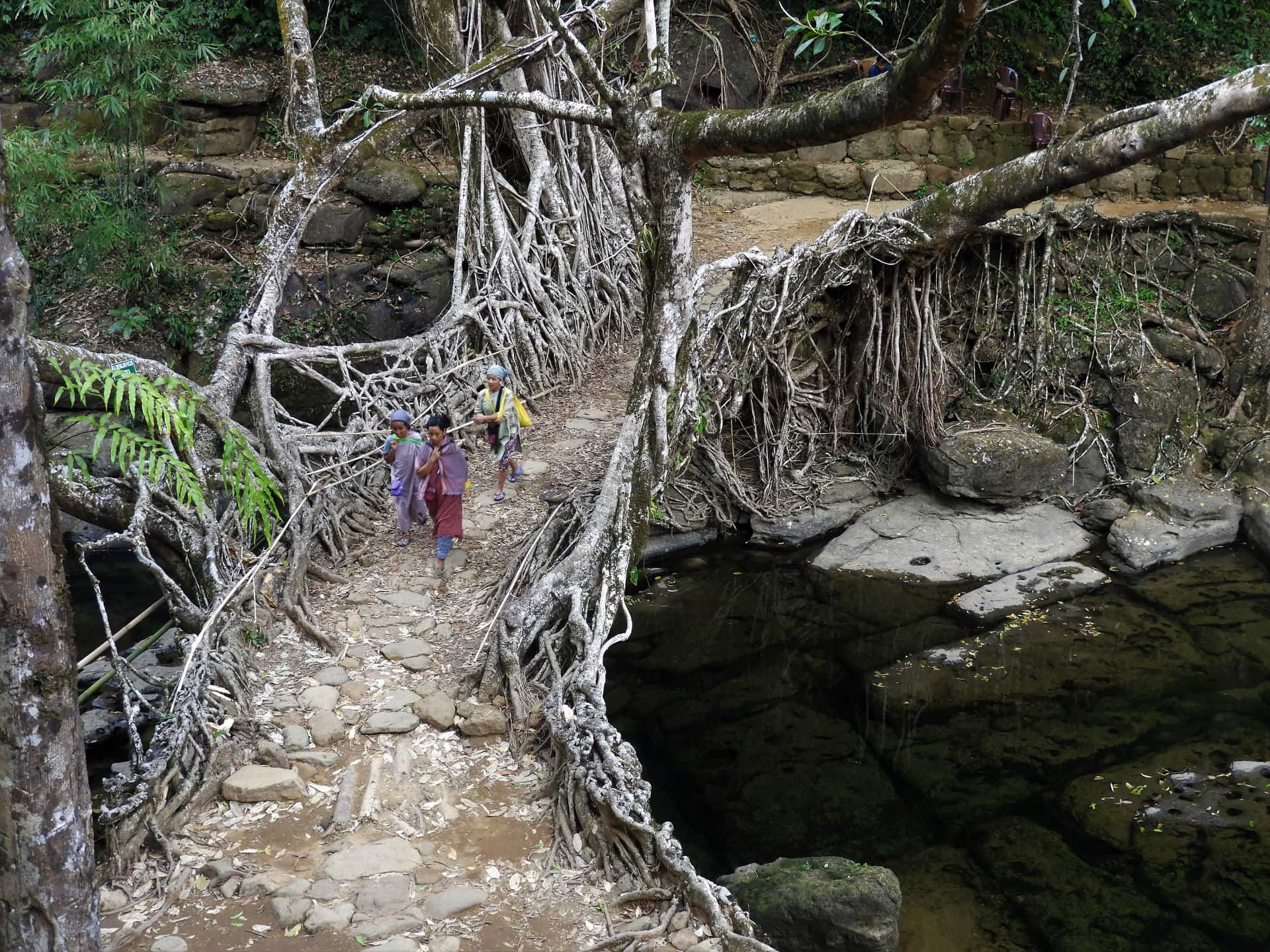PART 1: Kaziranga National Park
The word “confinement” must mean different for each one of us, but we all yearn for the same thing- freedom. Freedom to be able to move about again, meet our friends, travel, and have that normal life we all once had. Even though my confinement was a quiet life with my family in a forest home in Meghalaya, I still yearned to be free again. I felt deprived of the one thing that is not just my job, but my way of life. I was longing to be back on the road traveling again. I was missing the people and the textures they brought to the different landscapes I visited on my tours. It made me realized how hard the virus has been on us and how harshly it kept us away from one another. So, when our friends from Guwahati, put forward some dates and asked us if we were willing to go on a one-week getaway trip with them in remote Assam (who had opened its borders). I replied instantly with an itinerary. I was always ready, and I knew my family needed a getaway as much as I did. It had to be a kid-friendly place with unlimited adventure and fun for our daughter Parvati and our friends’ daughter Imitha, who also happen to be best friends separated for almost 8 months. This was going to be their get together trip. It had to be magical, colorful and it had to have unicorns. With that in mind, I curated a week-long trip to Kaziranga and Majuli for the girls to see some real unicorns, maybe spot some river dolphins, sail on a ferry boat to a river Island with enough water, and clay to frolic about all-day. It was going to be a fun trip packed with all the energy we had conserved over eight months of confinement.
Aboard a Gurkha Jeep, we hit the road to the land of the Unicorns – to Kaziranga the land of the famed one horned Rhino. Traveling was not going to as carefree as we once knew it, but we were not going to allow the virus to get in our way and spoil our fun. We realized being on the road with two kids , we had to follow all the safety precautions required to keep us all safe. It was not going to be easy with kids, but add in some fun and everything becomes possible with them.
